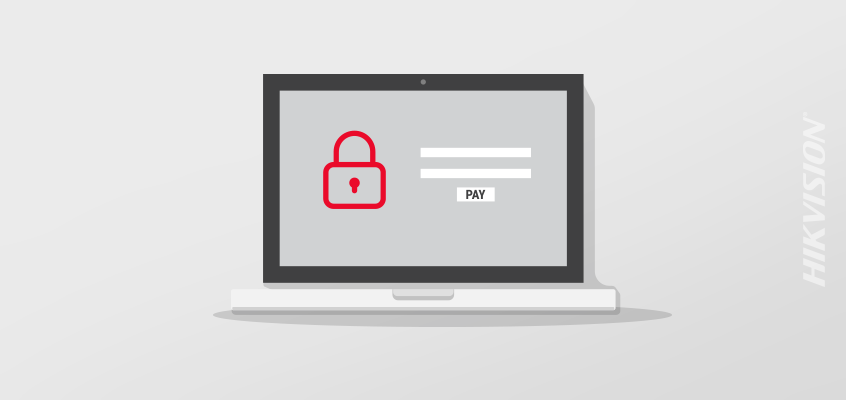Le magazine Security discute du fonctionnement des rançongiciels, un type de logiciel malveillant, et sur la manière d’aborder ce problème de sécurité

Cinq conseils de Hikvision pour prévenir les attaques de logiciels malveillants
Le magazine Security “Ransomware Attacks: Strategies to Recover and Prevent Them,” présente le fonctionnement des rançongiciels (type de logiciel malveillant) et la manière de résoudre ces problèmes de sécurité si vous en êtes victime.
Dans l’article : “Il est fort probable que vous ayez été averti de ne jamais télécharger de fichiers ou de cliquer sur des liens provenant d'expéditeurs inconnus. Ceci est dû en partie à la prévalence des rançongiciels, un type de logiciel malveillant qui vous empêche d'accéder à vos données avec la promesse (souvent fausse) que les données seront restaurées en échange de centaines, voire de milliers de dollars.”
Si votre ordinateur ou votre appareil est infecté par un rançongiciel, il bloquera vos données et vous empêchera d'y accéder. L'agresseur du rançongiciel vous enverra ensuite des instructions de paiement en échange d'une clé de déchiffrement censée déverrouiller vos données, selon l'article.
L'article recommande d'aborder une attaque de rançongiciel en identifiant d'abord le périphérique infecté, puis en le débranchant du réseau. ’’Vous devez également informer tous les employés, y compris les employés à distance, de débrancher leurs périphériques du réseau. Si votre entreprise dispose d'une équipe informatique, d'un fournisseur de cybersécurité ou d'un centre d'assistance, vous devez les impliquer immédiatement », explique l'article.
La formation des employés sur la cybersécurité est également une mesure essentielle permettant de réduire les problèmes de sécurité et les menaces.
Lire la suite de l'article ici.
Pour des astuces supplémentaires pour prévenir les attaques de logiciels malveillants, lisez l’article Hikvision: “ Le directeur de la cybersécurité chez Hikvision offre ses cinq conseils sur la façon de prévenir les logiciels malveillants.”
